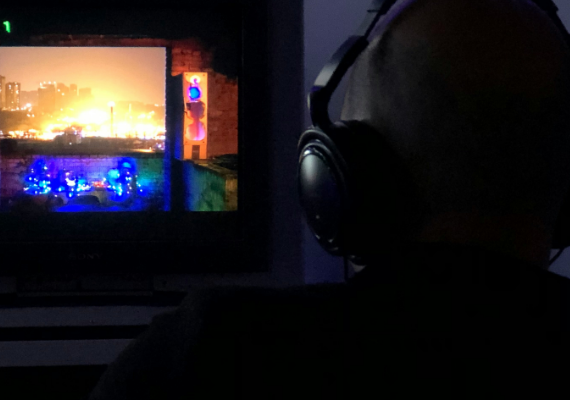Tracing the Development of Virtual Reality within the Gaming Industry
.png)
The Dawn of Virtual Reality in Gaming
The journey of VR in the gaming industry began in the late 20th century, with early devices like the Virtuality arcade machines and the Nintendo Virtual Boy attempting to introduce gamers to a 3D world. These initial forays into VR were groundbreaking, offering a glimpse into a future where games could encompass not just sight and sound but also space and movement. However, these early systems were hindered by limitations in technology, including low-resolution displays and lack of sophisticated tracking, leading to experiences that often felt clunky and disorienting. Despite these challenges, the foundation was laid for future exploration into VR. These early attempts were crucial in demonstrating the potential of VR in gaming, setting the stage for the technological advancements that would follow.
.png)
The Technological Leap
The significant turning point for VR came with the advent of modern VR headsets, such as the Oculus Rift and HTC Vive. These devices introduced high-definition displays, precise motion tracking, and advanced graphical capabilities, providing an immersive experience that was light years ahead of its predecessors. The introduction of these headsets marked the beginning of VR's golden era in gaming, with developers now able to create complex, interactive worlds that players could explore in a truly immersive way.
This era also saw the development of VR-specific games and experiences, designed from the ground up to take full advantage of VR's unique capabilities. Titles like "Beat Saber," "Half-Life: Alyx," and "Superhot VR" demonstrated the potential of VR gaming, offering experiences that were impossible to replicate on traditional gaming platforms. This period was characterized by rapid innovation, with each new release pushing the boundaries of what was possible in a virtual space.
.png)
The Challenges and Limitations
Despite the advancements and growing popularity of VR gaming, the technology faces several challenges and limitations. The high cost of VR headsets, along with the need for a powerful PC or console to run them, remains a significant barrier to widespread adoption. Additionally, issues such as motion sickness, limited physical space, and the isolating nature of wearing a headset have posed challenges for both gamers and developers.
Moreover, the development of VR games presents unique challenges, requiring a deep understanding of spatial design, user interface, and interaction mechanics to create comfortable and engaging experiences. These obstacles have led to a slower growth rate for VR gaming compared to traditional gaming, with a smaller library of titles and a niche audience.
.png)
The evolution of Virtual Reality in gaming is a testament to the industry's relentless pursuit of innovation. From its early, experimental days to its current status as a groundbreaking platform for immersive experiences, VR has come a long way. While challenges remain, the continuous advancements in technology and the expanding scope of VR applications suggest a future filled with possibilities. As we stand on the brink of new discoveries and developments, one thing is clear: the journey of VR in gaming is far from over, and its potential is limited only by our imagination.
















